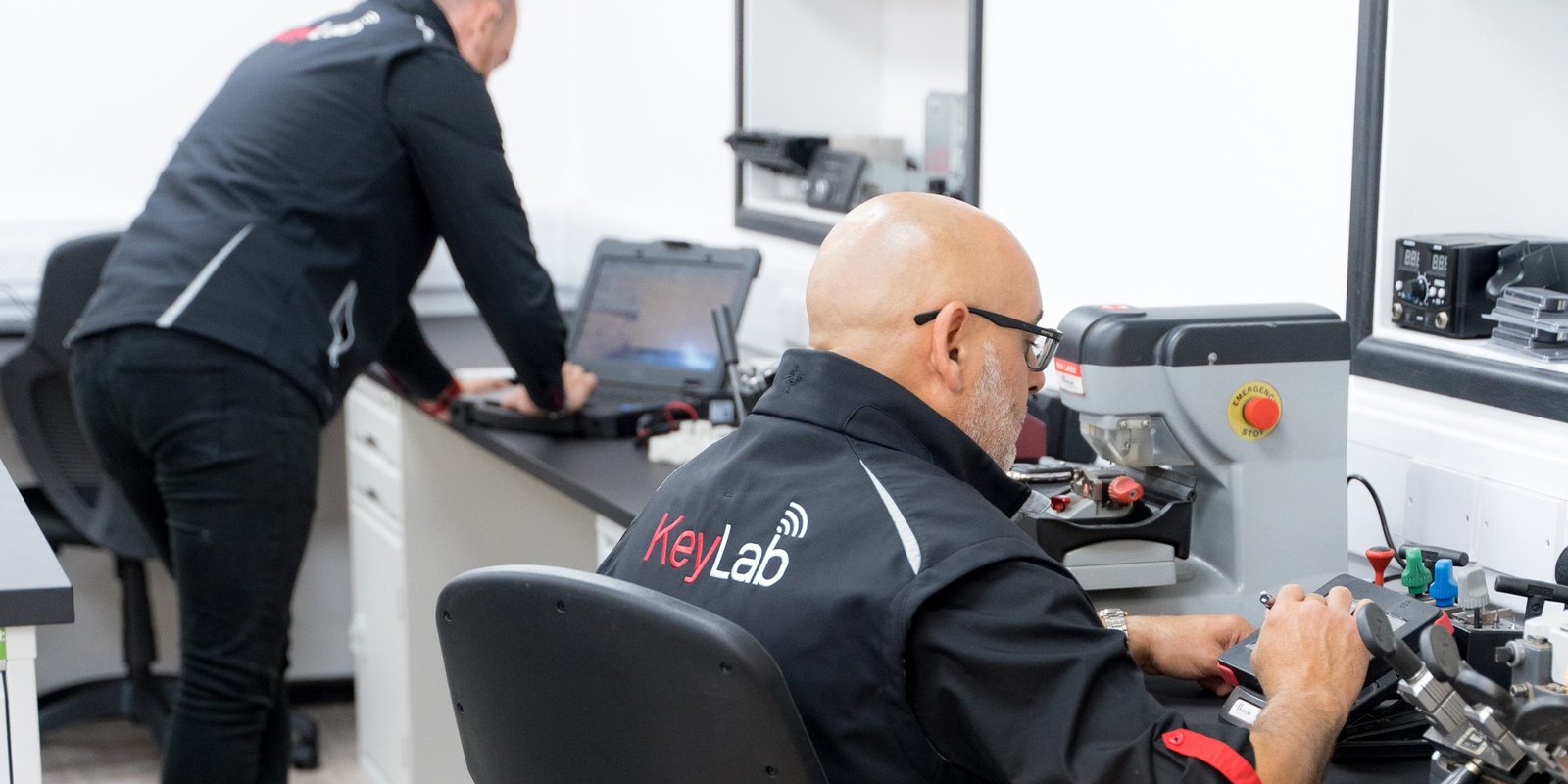Are You Tired Of Key Replacements? 10 Inspirational Sources That Will Rekindle Your Love
Key Replacements: An In-Depth Guide to Understanding and Implementing Effective Substitutions
Intro
In the world of different markets— from automotive to technology— the term “key replacements” signifies the practice of replacing a stopping working or inadequate element with a new or enhanced variation. Understanding Spare Car Key Replacement is essential for preserving functional efficiency, boosting performance, and making sure security. This short article looks into the various elements of key replacements, exploring their value, implementation methods, and common inquiries surrounding the topic.
What Are Key Replacements?
Key replacements refer to the process of replacing a critical component within a system, gadget, or machinery that is pivotal to its performance. These replacements can occur in multiple sectors, including vehicle, innovation, and even personnels. By proactively recognizing and replacing important parts, companies and people can prevent system failures, keep effectiveness, and enhance safety.
Value of Key Replacements
The value of key replacements can not be overstated; they serve different functions that contribute to the general effectiveness of systems. Some of their vital roles include:
- Preventing System Failures: Key replacements help prevent catastrophic failures by attending to worn-out or malfunctioning elements before they produce considerable issues.
- Enhancing Performance: Upgrading to more recent parts can boost system performance, causing improved output and effectiveness.
- Cost-Efficiency: Effective replacements can decrease repair work costs, extend the life expectancy of the whole system, and eventually save money.
- Safety Assurance: In sectors like automotive and equipment, key replacements guarantee that security standards are kept, reducing threats to personnel and users.
- Compliance: In managed markets, timely replacements might be a legal requirement to satisfy safety requirements.
Key Replacement Strategies
Carrying out key replacements successfully requires a strategic approach that lines up with the functional goals of an organization. Below are several techniques to think about:
1. Routine Maintenance and Inspections
Conducting regular upkeep and evaluations can help recognize components that may require replacement before they fail. A well-defined maintenance schedule need to consist of:
- Visual Inspections: Check for visible signs of wear or damage.
- Efficiency Monitoring: Track the functioning of key parts.
- Usage Analysis: Keep records of how often a component is utilized, which can anticipate wear patterns.
2. Data-Driven Decision Making
Using information analytics can help companies make notified choices relating to when to replace key parts. Executing systems for data collection can cause:
- Predictive Maintenance: Identifying possible failures before they take place utilizing historic data.
- Cost Analysis: Evaluating the cost ramifications of repairing versus changing elements.
3. Partnership with Suppliers
Developing strong relationships with providers and manufacturers guarantees access to quality components and timely replacements. Sufficient cooperation can result in:
- Favorable Terms: Negotiating much better rates and terms.
- Quality control: Gaining confidence in the quality and reliability of replacement parts.
4. Training and Education
Educating and training employees associated with the replacement process can significantly boost performance. Offering details on finest practices and new innovations can assist ensure:
- Maximized Efficiency: Employees understand the ideal methods for changing parts.
- Decreased Errors: Minimized danger of errors during the replacement procedure.
Kinds Of Key Replacements Across Industries
Key replacements differ across industries, each with its specific elements and practices. Below are some common enters different sectors:
Automotive Industry
Component
Replacement Reason
Engine Oil
Prevent wear and enhance performance
Brake Pads
Make sure security and responsiveness
Tires
Enhance traction and fuel efficiency
Technology Sector
Component
Replacement Reason
Disk drives
Boost information access speed
Batteries
Bring back device mobility and performance
Circuit Boards
Enhance gadget dependability and longevity
Production
Part
Replacement Reason
Conveyor Belts
Maintain operational effectiveness and safety
Safety Guards
Promote health and security compliance
Bearings
Minimize friction and facilitate smooth operation
Frequently Asked Questions About Key Replacements
1. What is the most vital factor for replacing key components?
The most important reason for replacing key components is to make sure system dependability and safety, avoiding failures that might result in costly downtimes or harmful scenarios.
2. How often should I think about key replacements?
Key replacements must be thought about based upon the specific part's wear pattern, performance metrics, and maintenance schedule. Regular assessments ought to identify the suitable intervals for replacements.
3. What should I do if I am uncertain about a part's condition?
If uncertain about a component's condition, it is suggested to carry out an extensive inspection, evaluation performance information, and talk to specialists or manufacturers for specialist assistance.
4. Is it much better to fix or replace a key component?
The decision to fix or replace a key component depends on cost-effectiveness, dependability, and long-lasting benefits. Typically, replacement might be more feasible when considering life expectancy and efficiency metrics.
5. Where can I find reliable replacement parts?
Reputable replacement parts can typically be discovered through licensed dealerships, reputable suppliers, or directly from manufacturers. Always confirm their dependability and examine evaluations before acquiring.
Key replacements are an essential element in maintaining functional performance and security throughout different markets. By comprehending the significance of these replacements, implementing strategic techniques, and attending to common queries, organizations can make sure that their systems remain robust and reliable. Future developments in technology and information analytics will even more enhance the depth and precision of key replacements, continuing to drive enhancements in efficacy and safety. Engaging proactively with this idea can substantially decrease threats and elevate total performance in any functional context.
